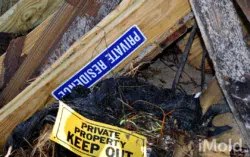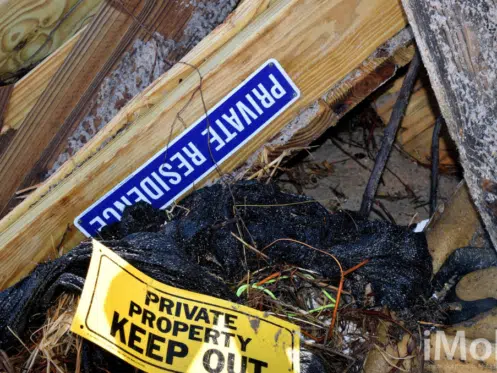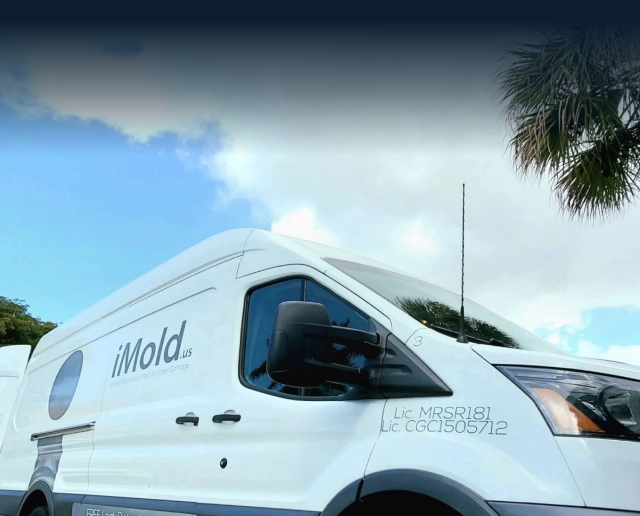
In 2017 southwest Florida was hit with one of the most devastating hurricanes it had seen in years- hurricane Irma.
When Irma hit, flood waters engulfed entire streets throughout the cities of Fort Myers, Estero, Bonita Springs, Naples, Cape Coral, and Everglades City. Once the storm had passed, residents and volunteers began the cleanup process. However, this cleanup took over a year and left significant water damage for residents.
The thick sludge, mud, and water that flooded the homes and streets of southwest Florida created a breeding ground for mold.
Mold loves to grow anywhere that water is present. Large amounts of standing water from storms and hurricanes provide the perfect environment for rapid mold growth. With Southwest Florida already donning a tropical humid environment, the excess moisture that storms like Hurricane Irma can bring into the air, creates a hyper breeding ground for mold in homes and commercial buildings.
Here are some important tips for southwest Florida residents to follow when facing water damage and mold following a damaging storm or hurricane:
Before Entering
After a major storm or hurricane, the probability of mold drastically increases. When suspecting mold growth, never enter your home or commercial office building without protecting yourself from possible mold. It is important to note that serious health issues have been associated with mold exposure, making the following steps imperative:
- Wear a mask to protect your lungs (The CDC recommends an N95 mask). People with asthma or a weakened immune system should especially adhere to this recommendation, so a life-threatening flare-up does not occur.
- Wear non-porous gloves. Mold has spores that can get through gloves with little holes. Be sure to always use the proper gloves when re-entering your home or office and during any clean-up.
- Wear non-vented goggles. Avoid ventilation holes in your eyewear to keep your eyes safe from airborne mold spores.
Dry It Out
The CDC recommends airing out any home or commercial building that has been affected by water damage. When returning to your home or office, open as many windows and doors as you can. Use fans and dehumidifiers to dry out the humidity.
Do not turn on your HVAC systems (air conditioning) until a mold remediation professional determines that the HVAC system is safe to use. Using your HVAC to dry out your home or office without knowing if the system is free of mold, could cause the mold spores to spread and create further damage.
Unsuspecting Places
Another major issue that can occur after a storm is excessive moisture found in items such as clothing, furniture, towels, etc. Mold can grow quickly in any item that retains moisture for too long. Allow a mold remediation professional to determine which items are safe to clean and keep and which items will need to be discarded.
Don’t Spread It
After cleaning up in the wake of a disaster, be sure to take the following precautions to prevent the spread of mold:
- Wash or Throw Out Clothing. Before returning to your safe, mold-free living space, remove and wash your clothes or toss them out. Protect yourself, your family, and your living space from potential mold spores that you may have carried on your clothing by immediately washing them or tossing them away.
- Shower. Use soap and water to wash your body, beneath your nails, your nail beds, scalp, and hair to remove any possible mold spores that may have traveled with you.
Living in southwest Florida can have its disadvantages with unpredictable wet weather and mold from disastrous events occurring. If you are a resident of southwest Florida seeking help with mold or mildew caused by the rainy season, a tropical storm, or even a hurricane, be sure to follow these tips and have a mold remediation professional inspect and determine if your house is contaminated.

